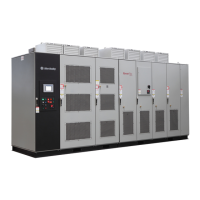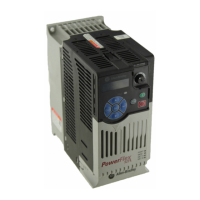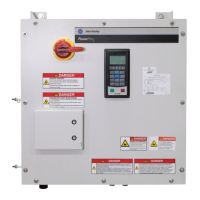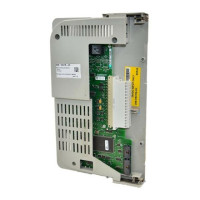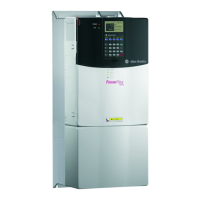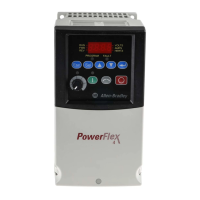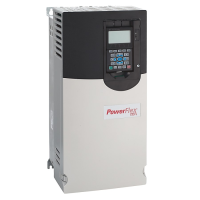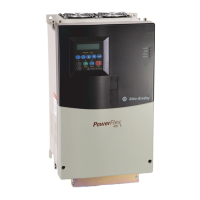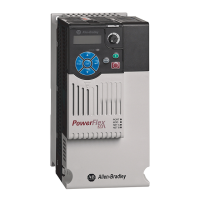2-78 Faults
Faults Faults are events or conditions within the drive which constitute user
notification and may warrant various responses. Some conditions are user
configurable as to whether the drive will consider them a fault. Faults are
indicated to the user via HIM fault codes and/or popup dialogs or status
indications as well as a group of output parameters. Faults are latched,
requiring the user or application to perform a fault reset action to clear the
latched condition. If the fault condition still exists it will be latched again.
When a Fault Occurs
1. The faulted status is set causing a coast stop sequence to occur turning
off output power to the motor.
2. If this is the first fault latched:
– An entry is made in the fault queue.
– The following fault context data will be recorded/updated. Note there
is only a single copy of this information which is always related to the
most recent fault queue entry (#1).
– Status 1 @ Fault and Status 2 @ Fault
State of Drive Status 1 and Drive Status 2.
– Alarm 1 @Fault and Alarm 2 @Fault
State of Alarm Status 1 and Alarm Status 2
– Fault Frequency: drive speed at time of fault (output frequency if in v/
hz or SVC operation).
– Fault Motor Amps: motor amps at time of fault.
– Fault Bus Volts: unfiltered DC Bus volts at time of fault.
A faulted status indicates whether one or more fault conditions have
occurred. The state of the fault queue (empty or full) has no affect on the
faulted status.
Fault Queue
Faults are also logged Into a fault queue such that a history of the most
recent fault events Is retained.
A fault queue will record the occurrence of the first fault event - i.e. the 1st
fault which occurs while no other fault is latched. A new fault event will not
be logged to the fault queue if a previous fault is already latched (has
occurred but not yet reset/cleared). This results in fault queue entry #1
always indicating the fault which last tripped the drive.
Each fault queue entry will include a fault code and a time stamp value. The
fault queue will be a first-in first-out (FIFO) queue. This results in the most
recent 'n' faults being retained in the fault queue. Entry 1 will always be the
most-recent entry (newest). Entry 'n' will always be the oldest entry, where
'n' is the maximum number of queue entries supported by the drive. As a
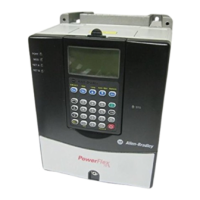
